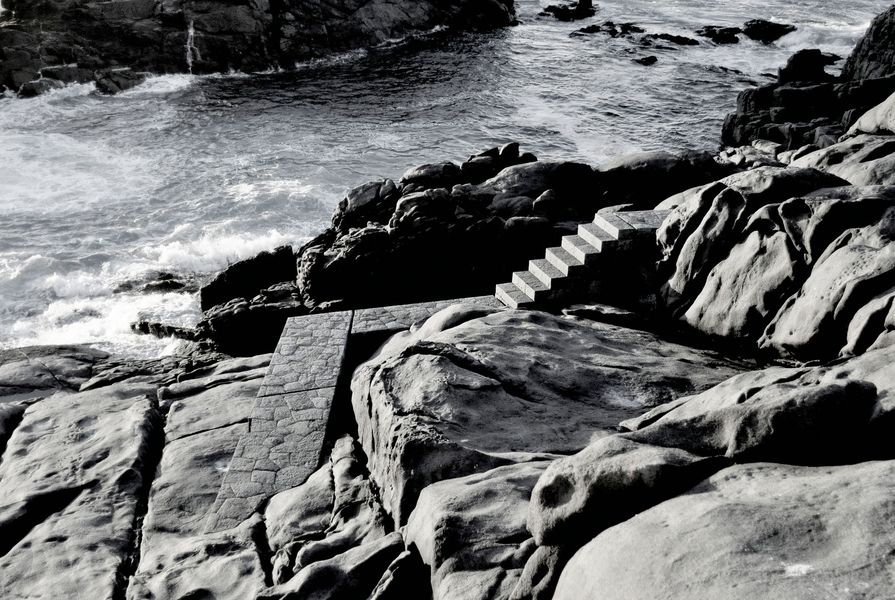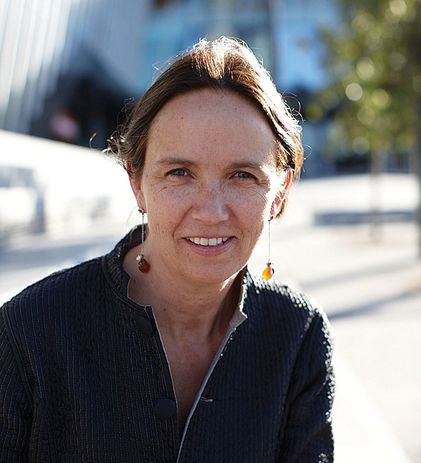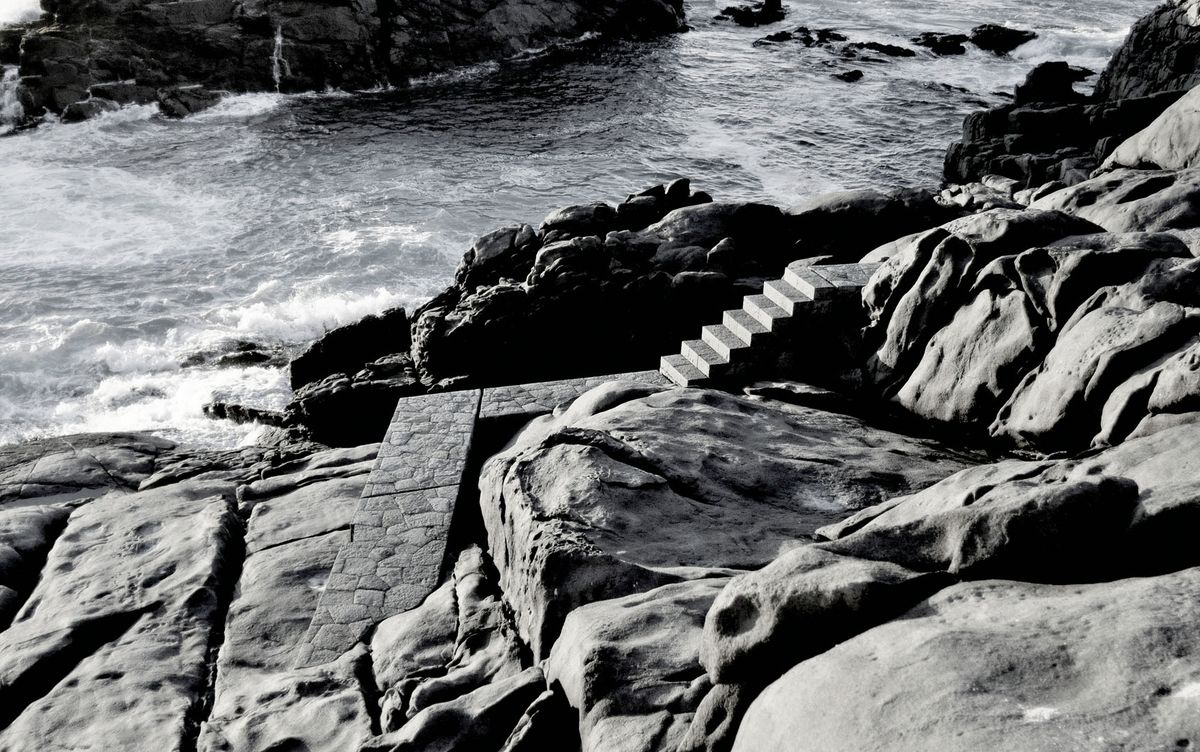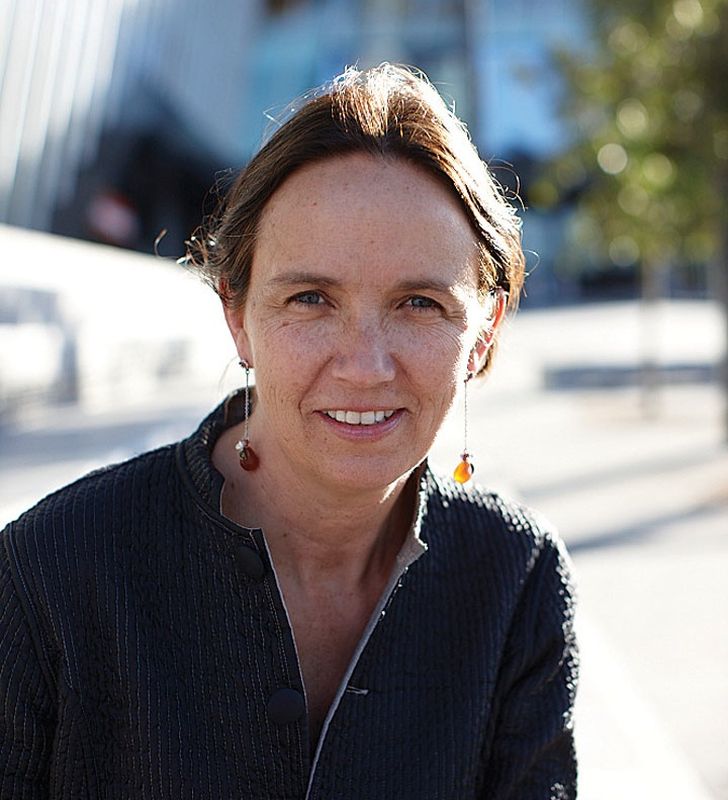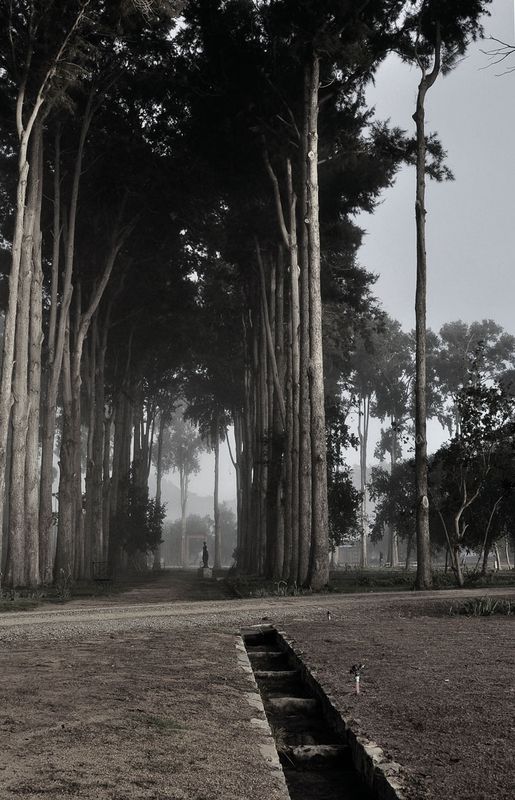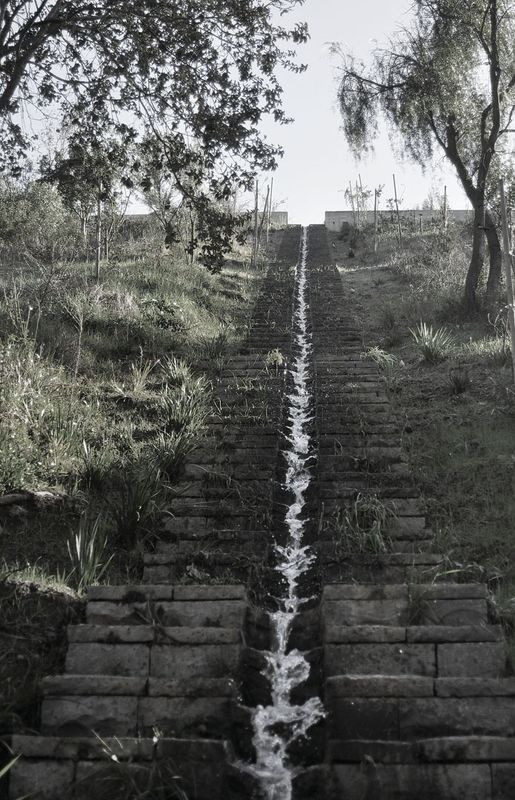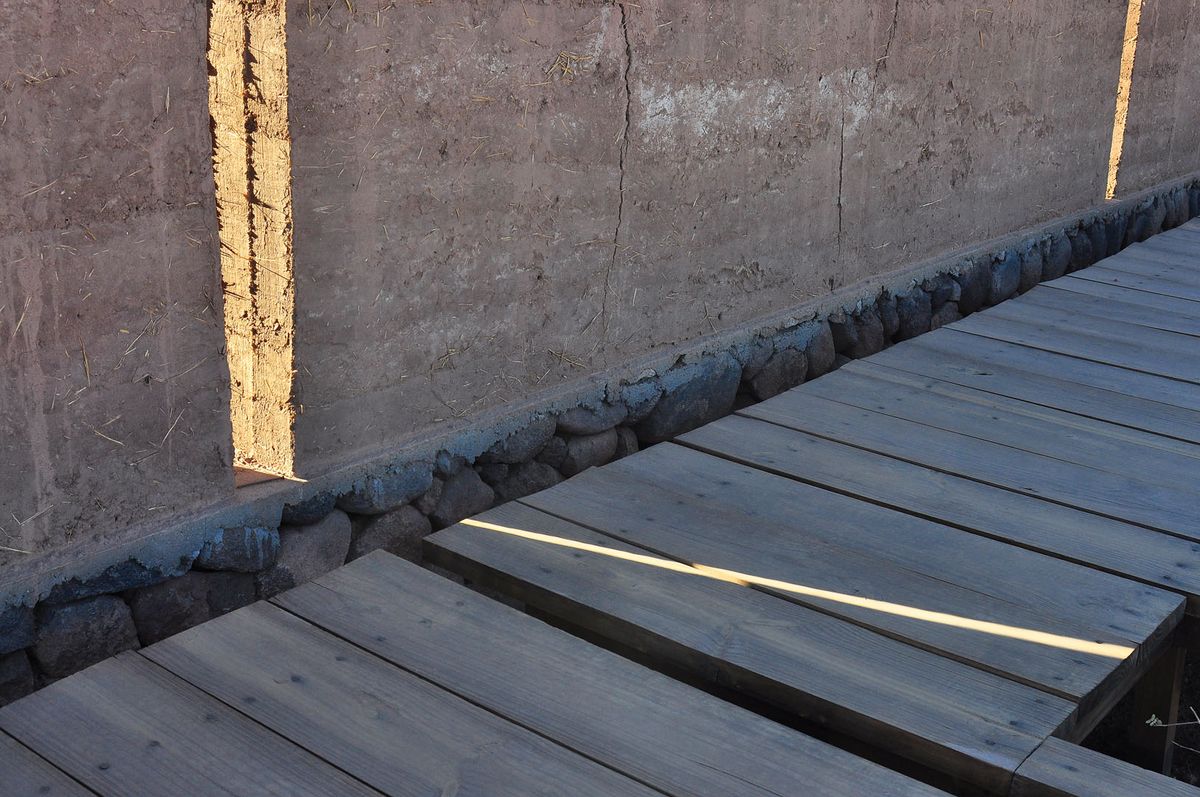Claire Martin: Kerstin Thompson, who introduced your session, asked “When does site begin?”
Teresa Moller: [It begins] when I go to the place. That’s the most important part, it’s the start. I can’t think of something if I’m not in the place.
CM: You spoke, very poetically, about the importance of “discovering the treasure of each place.”
TM: Yes, I find things in places. I see things that for other people it’s a little more difficult for them to see. My work is about bringing them to that place.
CM: The “subtle aspects” of your work, such as “the rock showing you how the line should be” and listening to “what the vegetation has to tell you,” are very intuitive responses to site. Australian academic Leon van Schaik describes intuition as “the sum of our experience.”1 Do you think there’s an opportunity for designers to be taught to be more intuitive, to reflect more on their experiences?
Teresa Moller.
Image: Peter Bennetts
TM: I think that’s very, very important. I don’t think you can teach intuition but I think intuition is something that potentially we all have. But in the system that we are living in today, we don’t give “it” space, there is no space for intuition anymore in our lives. If we give the students the space to be in contact with it, and be conscious of it, they will become aware that it’s a tool. But if you don’t give it space then you lose it. That’s why people don’t see things. There’s no space for observation, for getting the wind around you. It’s so, so important. If you give the students space and you value their instincts, their intuition, their own way of getting in contact with being outside, then they will grow. You can really have them believing and trusting in their own intuition.
CM: What I think is clear throughout your work is the idea of palimpsest. Would you say your work is as much about subtraction as it is about addition?
TM: Yes, in trying to explain, for instance [the project] in the north, the very old town. That site was abandoned for thirty years, but before that it used to be cultivation, and before that it used to be cattle, and before that people lived there … when I was there I felt all these stories, it was so amazing. It’s a respectful [approach], it’s not what you want to get when you go to a place, but the decision to bring it back to what it used to be. It’s not about changing everything and saying I have something better.
CM: You talked about “an invitation to do a walk” and to “discover nature.” How do you create invitation in your work?
TM: It’s difficult for me to have rules, I can’t. But at Punta Pite, it’s absolutely an invitation to find your own way of going through that place. In the vineyard project I invite people to be immersed, in the middle, to experience being in a place that is controlled by agricultural production. I may also talk about the line in the landscape. I always have this obsession with lines in the landscape. It’s like the unique, the only way, that we are allowed to touch landscape. I have a lot of ideas about that, it comes from observation, how people start going from one point to the next, then they bring water, then they cultivate, then at the very end you look at the sky and you see the airplane is a line. Everything makes [lines], and it works, because there is nothing else. When you do a line, it’s the line and all the rest. You put the line in the middle of all this wildness and all the wildness becomes more aware of the line, and the line of the wildness. It’s a contrast that brings more power to both things. The line is a subject in itself.
CM: In response to one of mediator Michael Banney’s questions, in relation to nature, you suggested that “it is beautiful but so much more than beauty” and that maybe we should grant “permission for nature to surprise us.” Rather than landscapes no longer being about beauty, is it more about changing our concept of beauty?
TM: Yes, if we have a concept of beauty that’s something that you just see and it’s external, rather than being within, and able to be experienced, including all the senses. I think that’s why everyday life is becoming so distant from nature, from spiritual connections, we are moving away from all the things that make our lives better. We need to get in touch with something that will remind us of that, to help us to have a better life – to remind us that we belong to a cycle.
CM: François Roche, from the architecture practice R&Sie(n), in the conference’s opening session, emphasized the importance of us knowing why we assemble and suggested that we should (re)question why we do that, and be prepared to disassemble. He emphasized the importance of including the processes of death in the systems of life. What is your position on us ethically questioning why we create and why we produce?
TM: There are perhaps a couple of things that it will never be possible to take away – my son told me, “Mum, I am going to go under the ocean to see your steps [Punta Pite],” because they will always be there. We are always recycling everything. You go and do a project in a place that was something before, and it’s going to be something after, and you take things that were there. Our work is totally alive. We work with life and anything can be forever and anything can be limited. I say the difference between architecture and landscape architecture is that a wall is 5x5 and a tree, you will never know. We are so much used to movement and cycles – to life. I am very conscious about cycles in life – I am always very interested in life and death. I am interested in the process. I like movement, I like life.
1. Leon van Schaik, New Futures for Architecture, AD Primer (England: Chichester, 2008).
Source
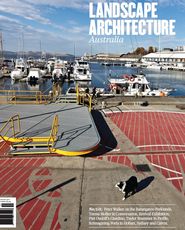
Practice
Published online: 8 Apr 2016
Words:
Claire Martin
Images:
Chloe June Brown,
Peter Bennetts
Issue
Landscape Architecture Australia, August 2011

